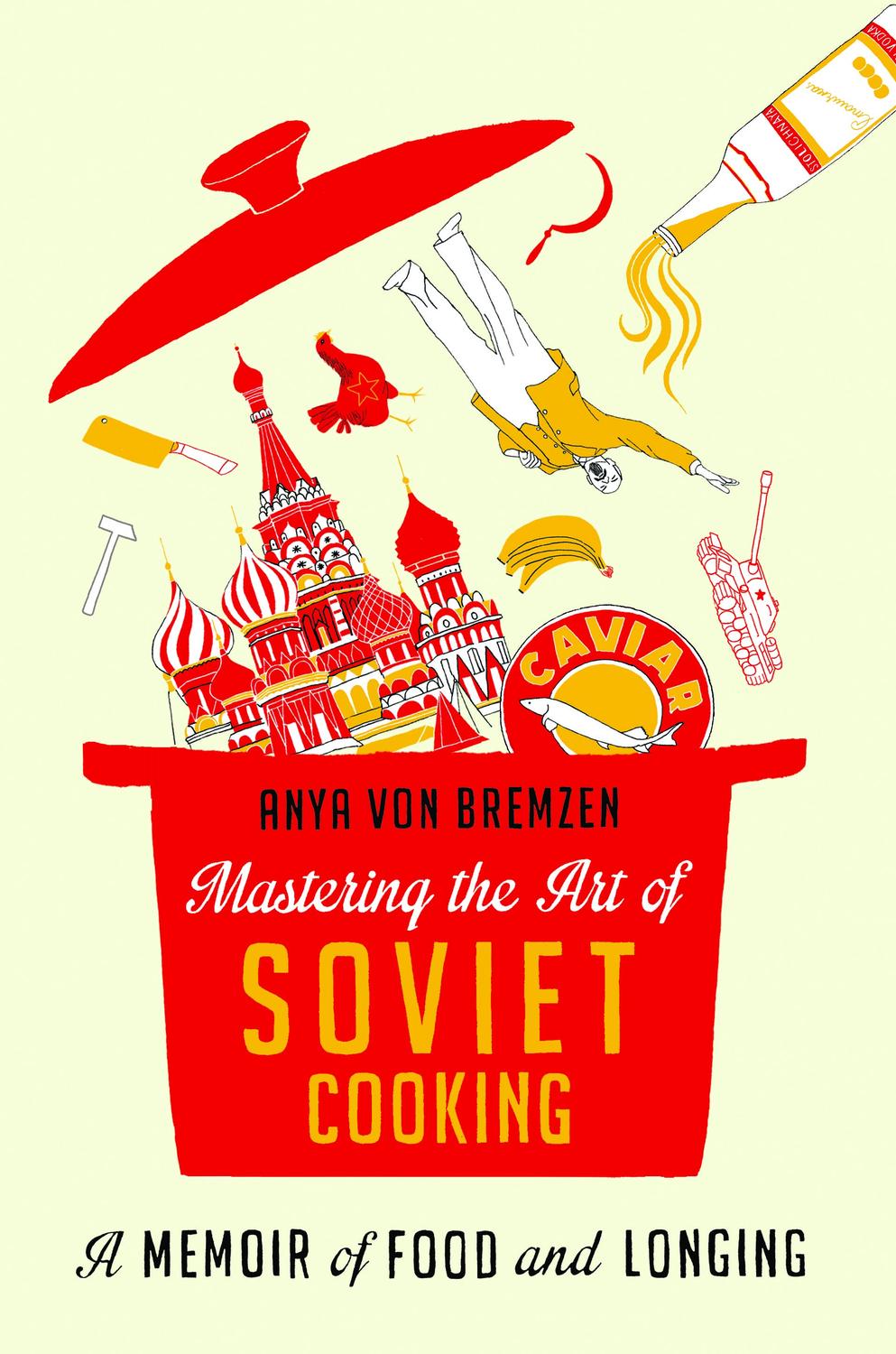Welcome to ERH 346. Remember to get Mastering the Art of Soviet Cooking. We will be reading it over the next two weeks.
The electronic version is only $9.99 on Amazon.

NPR did a review:
It’s a clever, elegant structure that allows the author to write a history of the country of her birth, with stories of her family…Seen through the lenses of family and food, intimate details of seismic historical events are offered up — a banquet of anecdote that brings an entire history to life with intimacy, candor and glorious color.
So did the New York Times:
Not surprisingly, there’s much that’s harrowing in “Mastering the Art of Soviet Cooking,”…von Bremzen moves artfully between historical longshots (minefields being cleared “by sending troops attacking across them”) and intimate details, like her schoolgirl mother’s lunch ration of podushechka, a candy the size of a fingernail. More amusingly, the chapter on the 1950s includes a short essay on living in a culture of perpetual shortages: “Your average Homo sovieticus spent a third to half of his nonworking time queuing for something.”
But one of the most interesting looks is over at THE DAILY BEAST, where the author highlights the alluring food moments as they intertwine with history:
InMastering the Art of Soviet Cooking, she calls up visions of the “skatert’ samobranka” —the magical self-filling tablecloth of Russian folklore—which tormented hungry Soviets with dreams of juicy sausages, herring-under-fur-coat (pickled herring mixed with chopped potatoes and carrots, topped with shredded beets, slathered in slippery sauce), kulebiaka pastries stuffed with salmon, dried sturgeon spine and mushrooms; jellied ham rolls, and, everywhere, glistening garlands of mayonnaise (the Soviet-era “Provensal” mayonnaise brand, “loose” and “tangy-sharp”) which is to Muscovites what madeleines were to Proust.

As the Soviet rhetoric evolves and morphs over the decades, the food ingredients change in recipes, the art world sees an ever revolving change in heroes and the ingredients of the artworks: the assemblage that make the totality.



